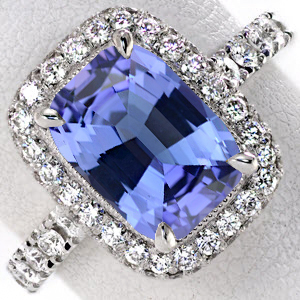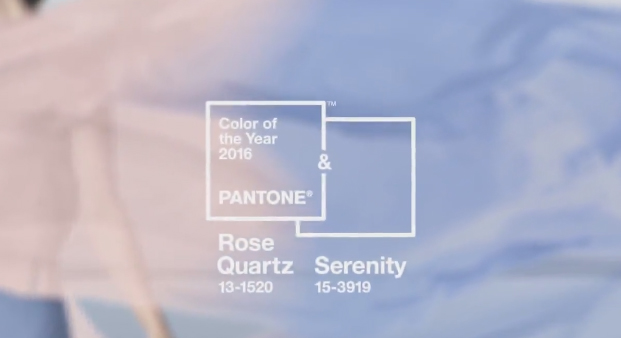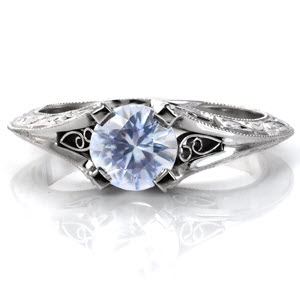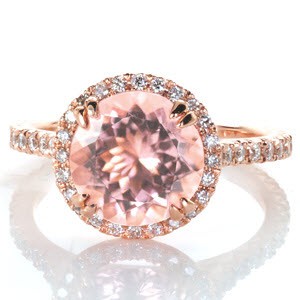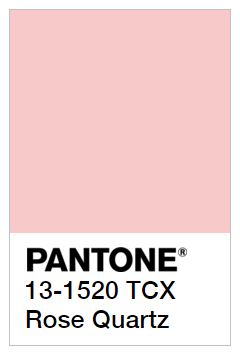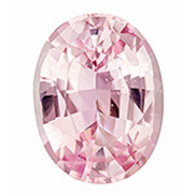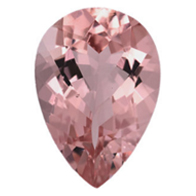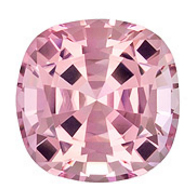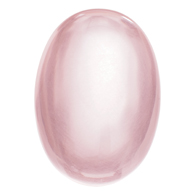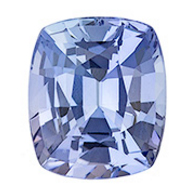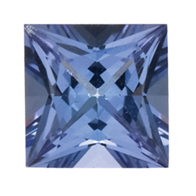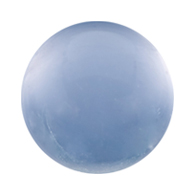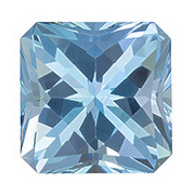It’s that time of year again. The time when the snow begins to fall, when the world’s major holidays occur, and when one has a valid excuse for curling up inside with a book and a cup of hot tea on a cold and windy day. But, December is also the month of the tanzanite gem – the youngest of all known gems. Though the rare crystal has long been known and used by the native Maasai people of Tanzania, it was only recently discovered in 1967 by Manuel de Souza, a professor and prospector who was searching for rubies in the region. Upon initial discovery, he and other gemstone experts had assumed the gemstone was some form of sapphire with especially vibrant properties. It wasn’t until Henry B. Platt of Tiffany & Co came across it that tanzanite earned its name. So, you might be wondering what is so special about tanzanite. After all, if it was difficult for the people who discovered and named it to differentiate from sapphire, what makes it so unique? The truth is that tanzanite is in an unique class all of its own, a truth reflected by its inclusion in the birthstone list in 2002 due to its growing popularity and widespread understanding of its uniqueness.
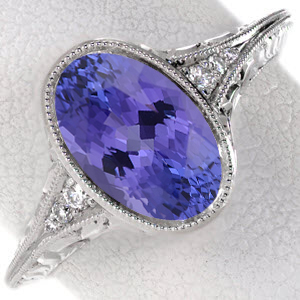
There are many aspects of tanzanite that make this gemstone so unique and aesthetically intriguing, as well as making it the perfect December birthstone. The first aspect you will notice about a tanzanite gemstone is its alluring and very beautiful violet blue color. However, it is rare for a tanzanite freshly mined from the earth to have this intense blue color. It is a common process to heat treat tanzanite to give it the luminous color portrayed in pictures of the gemstone. This brings us to another important topic: The problems with color coating. You see, while heat treatments are a permanent change and do not have any negative impact on the stone, it has been discovered that some tanzanite gems have been coated in a thin layer of material to give them the blue and violet appearance many strive to achieve. However, these methods have come under intense scrutiny due to their unreliability. In fact, industry professionals do not recommend coating as the material applied during the process wears off very easily. That’s why you should always ensure that the tanzanite jewelry you purchase is HEAT treated, not coated. Here in the United States it is required that any coatings be disclosed at the point of sale.
One of the most important steps in preparing a tanzanite gem for market is the cutting process. Tanzanite possesses a very peculiar quality that makes the cutting process more complex than usual. The gemstone is pleochroic which means if you try to view tanzanite from different angles, you will see different colors. In the case of tanzanite you will see a burgundy-brown from one angle, violet from another, and blue from the third. When the gems are heat treated it removes the burgundy-brown, creating a dichroic stone and leaving only the blue-violet colors that are so prized for this gem. Because of this dichroic property, the direction of the cutting will play a pivotal role in determining the general face-up color of the tanzanite piece, a variable which must also correspond with the financial considerations involved in cutting any gemstone. In general, cutting tanzanite so that it shows an intense blue color in its face-up position is likely to result in more weight loss than cutting it to emphasize its violet-blue color.
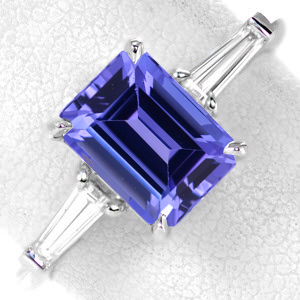
There are a few more considerations to take into account for customers looking to purchase one of our hand-crafted tanzanite jewelry pieces. Firstly, tanzanite is rated around 6 to 7 on the Mohs scale, making it fair to below average in durability. That’s why we recommend using tanzanite in non-ring pieces such as pendants, earrings, and necklaces, as this will reduce the risk of damage occurring to the gemstone during normal, daily wear. For someone who is aware of the risks and takes care of their piece however, it makes for a stunning center stone in an engagement ring! As for carats, tanzanite is more often found in larger carat sizes which makes it a great option for the focal point of any piece. Smaller tanzanite stones tend to be less vibrant in color (while, of course, being less expensive). Finally, tanzanite can be cleaned gently with warm, soapy water and a soft tooth brush or other implement.
Make this December one to remember with a beautiful, elegant tanzanite piece. At Knox Jewelers, we are experts in crafting beautiful engagement rings, wedding bands, earrings, pendants, necklaces, and more. Choosing tanzanite for your custom jewelry is certainly a unique experience, and we would love to help you through the process and choose a beautiful tanzanite gemstone for your next idea. Please feel free to get in touch with us if you have any questions at all about these beautiful gemstones, and happy holidays from everyone at Knox Jewelers!
